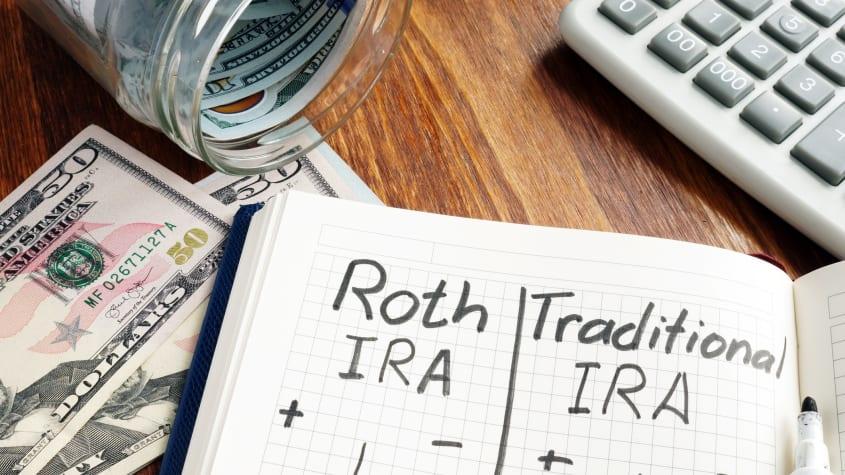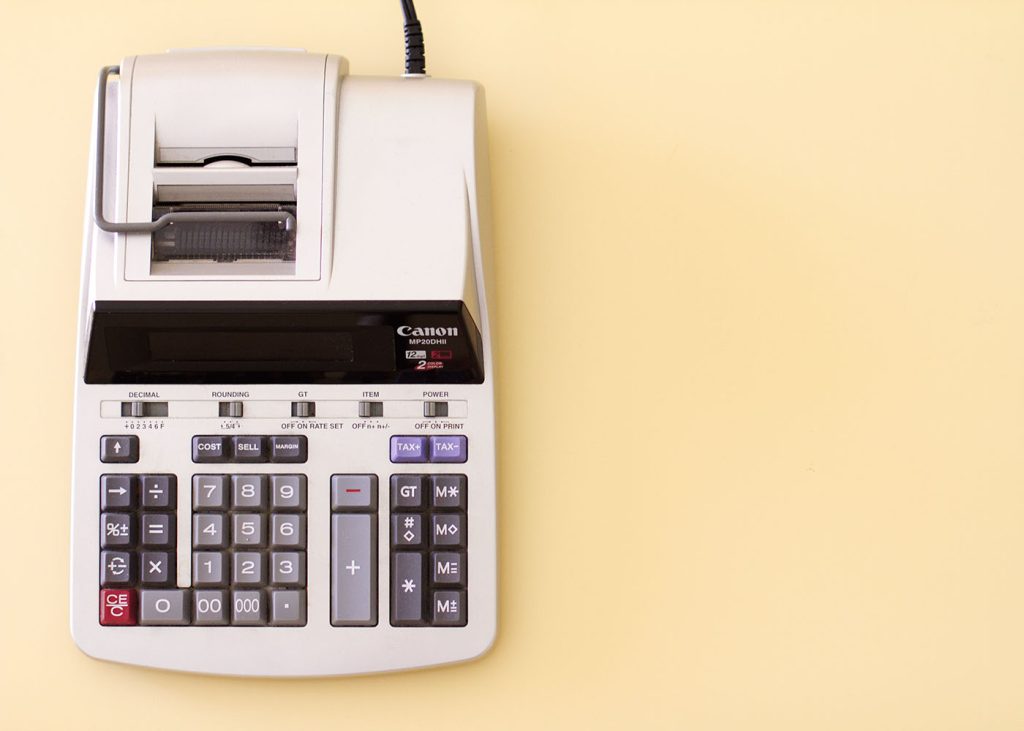In July of 2019, the House passed a new bill titled the “Setting Every Community Up for Retirement Enhancement Act,” or SECURE Act.1 The Senate approved the bill on December 19, 2019, and it was signed into law on December 20 by President Donald Trump.
This sweeping bill offers several adjustments to our current laws surrounding saving and preparing for retirement. The SECURE Act is poised to: provide more part-time workers with the opportunity to participate in an employer-sponsored 401(k) plan, adjust the age caps on traditional IRAs and increase access to tax-advantaged retirement savings accounts. Below we’re outlining the most prominent changes of this new act and how they may affect your own retirement.
Change #1: Minimum Distribution Age For Retirement Accounts
Previously, when someone reached age 70½, they were required to begin withdrawing money from their retirement accounts. The SECURE Act has adjusted this minimum distribution age to 72.1 This allows your retirement accounts to mature for an additional year and a half. Depending on how much you have accumulated in your account(s) thus far, this additional 18 months could have a significant impact on your retirement savings.
Change #2: Penalty-Free Withdrawals For Qualified Births & Adoptions
Section 113 of the SECURE act introduces a new exception for those who seek early distributions. You may now withdraw from your retirement accounts penalty-free for “Qualified Births or Adoptions.” New parents, whether through birth or adoption, are allowed to withdraw up to $5,000 from their individual retirement accounts. In order to make a penalty-free withdrawal, new parents must do so within one year of the birth or adoption.1
Notably, the exception applies on an individual basis. Meaning, if both of a child’s parents have available retirement assets, each can make a Qualified Birth or Adoption Distribution of up to $5,000 for each child born/adopted.
Change #3: Required Withdraw Timeline From Inherited Retirement Accounts
Under the new act, beneficiaries who have inherited a retirement account will be required to withdraw the amount in its entirety within 10 years of receiving the account. Previously, inheritors were given the opportunity to withdraw the amount over their life expectancy. With this change, there’s the possibility your tax obligation could go up since you are required to withdraw more from the account over a shorter period of time. There are certain groups of people who are exempt from this rule:
- Spouses of the deceased
- Beneficiaries who are disabled or chronically ill
- Certain minors (those children of the original retirement account owner). But only until they reach the age of majority.
- Individuals who are not more than 10 years younger than the decedent1
Change #4: Eliminating the Age Limitations on Contributing to IRAs
Previously, individuals were no longer eligible to contribute to their traditional IRA once they reached age 70½. Now, beginning in 2020, individuals of any age will be allowed to contribute to a Traditional IRA. The SECURE act has eliminated the previous age cap, allowing people to continue contributing to their IRA for as long as they continue working.1
This change is great news for seniors and could make a significant impact on their retirement savings, considering that more and more Americans 55 and older are making up a significant portion of the workforce. Today, 23.1 percent of the workforce consists of those 55 and older, compared to just 18.1 percent in 2008. And according to the U.S. Census Bureau, that percentage is projected to continue increasing to 25 percent by 2028.2
Change #5: 401(k) Eligibility For Part-Time Workers
Before the SECURE Act, employees were required to work 1,000+ hours for an employer in order to be eligible to participate in a 401(k). Congress has recognized how important it is for all workers to participate in employer-provided retirement plans, and so the SECURE Act includes additional provisions to help employers encourage their employees to increase contributions and to let (some) part-time employees participate when they were previously ineligible to do so.
In order to be eligible, part-time employees will have to have worked 500+ hours per year for an employer (which averages out to 9.6 hours a week) for the past three consecutive years. In addition, the employee must be 21 years of age or older by the end of those three years.1
These changes for part-time workers apply to plan years beginning in 2021, but the SECURE Act does not require an employer to start ‘counting’ 500-hour years for the purposes of this new rule until 2021. That means that the earliest an employee would be eligible to participate in a 401(k) plan as a result of this change will be in 2024.
While there are additional changes being proposed in this new act, above are a few of the most impactful ways in which Congress’s SECURE Act could be making a difference in how you save for retirement.




